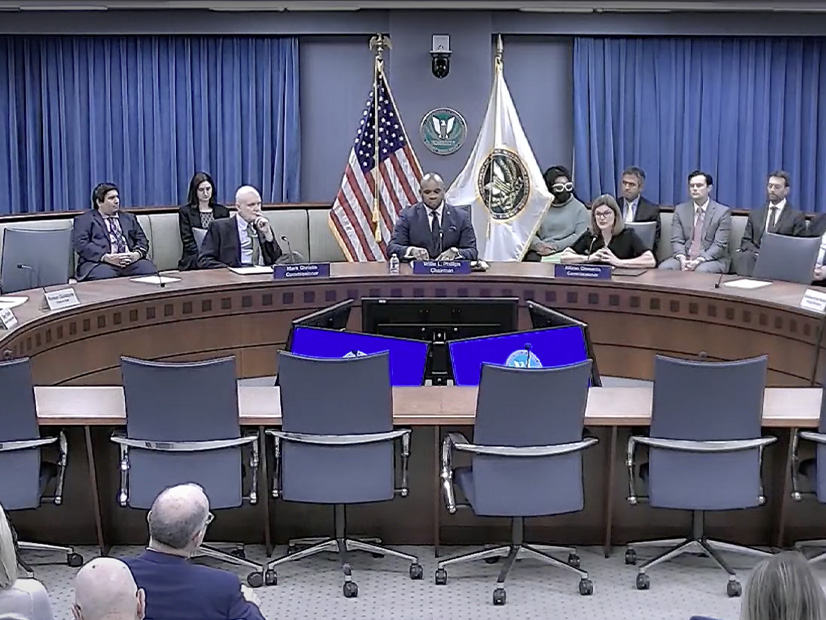
FERC Chair Willie Phillips on Jan. 18 expressed confidence that the commission will approve its Notice of Proposed Rulemaking on transmission planning and cost allocation this year (RM21-17).
Speaking at the commission’s first open meeting of the year, Phillips’ remarks came just days after nearly half the Democrats in Congress urged FERC to complete its work on the NOPR. (See related story, Congressional Democrats Urge FERC to Complete Transmission Rule.)
“We stand on the cusp of some significant milestones this year at FERC,” Phillips said at the open meeting. “Building upon the foundation that we set last year including Order No. 2023 from last July, a landmark rule that will help streamline our interconnection queue process, we are poised to address critical aspects of regional transmission planning and cost allocation in the coming months. The importance of these upcoming actions on transmission cannot be overstated.”
The NOPR’s provisions will ensure the grid is robust and reliable, and the collective expertise at FERC will lead to a final rule that helps expand the grid and stands the test of time, he added. The NOPR, issued in April 2022, would direct transmission providers to revise their planning processes to identify infrastructure needs on a long-term, forward-looking basis and propose a list of benefits on which they would base their selections of proposed projects to meet those needs.
Phillips said he is confident that the current three-member commission could vote out the NOPR soon.
“I look forward to working on and voting on these important items in the very near future,” Phillips said. “There’s nothing that I know, that I can see, that can make me believe that we can’t get this work done. It’s too important for the American people.”
FERC was holding its meeting after D.C. saw its first major snowfall in several years that was part of a winter storm system that stretched across much of the country. The weather stressed the grid, but it did not break as it had in previous storms such as December 2022’s Elliott or February 2021’s Uri.
“This event underscores the need for more transmission capacity,” Phillips said. “SPP imported a record 6.8 GW from neighboring regions, surpassing the amount that was imported during Winter Storm Uri. But it’s only mid-January. We’ve got a little bit more winter that’s going to come through here, so we cannot rest. We have to remain vigilant.”
Another aspect of transmission policy is increasing interregional transfer capability, which is being examined by NERC in a study that was mandated by Congress.
“I’ve been meeting with Jim Robb, the CEO of NERC,” Phillips said. “My understanding is that they’re not waiting. … They’ve already hired folks to work on the study, and that it may not take the full 18 months. We are working on these two projects in parallel so that when NERC concludes its study, FERC is ready to act immediately.”
Phillips also mentioned that the commission is working to implement its updated backstop siting authority under the National Interest Electric Transmission Corridor process.

